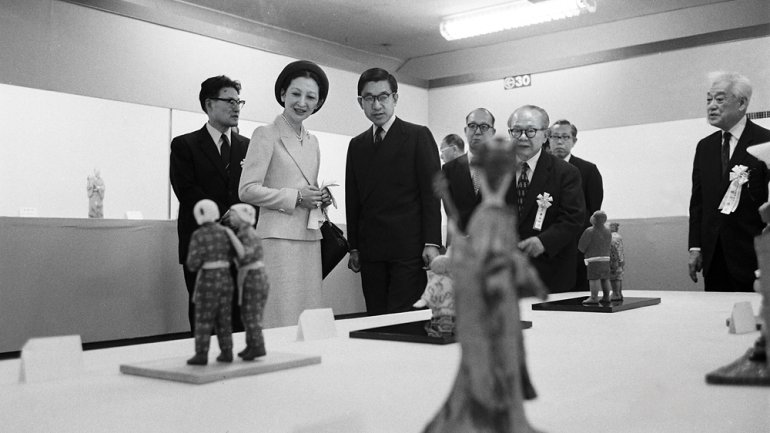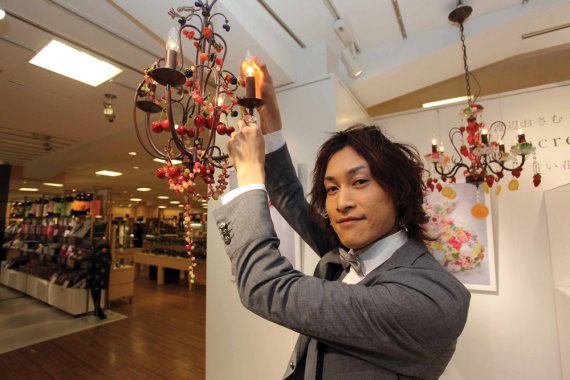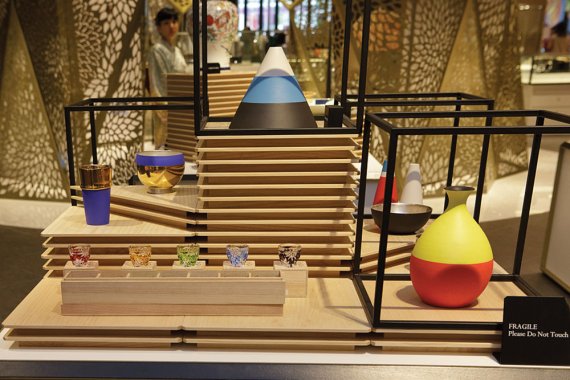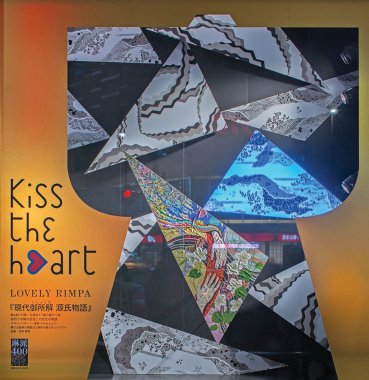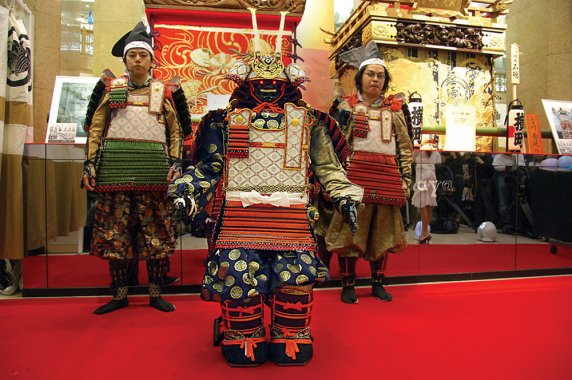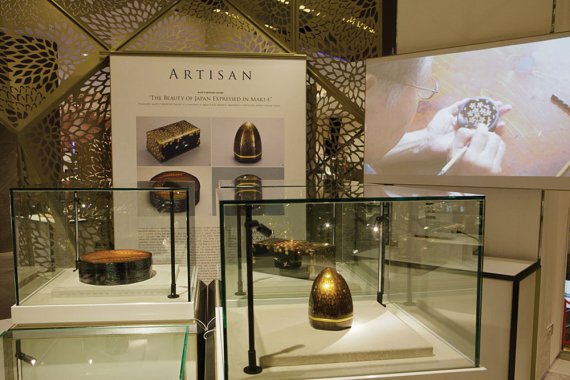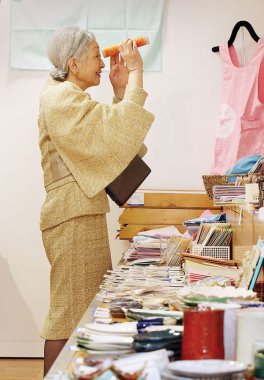Enter Through the Gift Shop
Enter Through the Gift Shop
Neiman Marcus and Bloomingdale’s aren’t the first places you’d think of to find handwoven baskets or turned wooden plates – the idea is about as implausible as it is thrilling. But in Japan, venerable department stores such as Isetan, Takashimaya, and Mitsukoshi not only carry all the sorts of designer clothing, jewelry, accessories, and high-end cosmetics that you’d expect of a posh emporium, they also sell fine handcrafted goods by contemporary Japanese artisans, acting as the bearers of a living, breathing craft culture that thrives alongside other kinds of commerce.
Department stores as we know them in the West sprang up at the turn of the 19th century as a natural consequence of industrialization. They could accommodate variety and quantity, catering to the emerging consumer classes. Scaled-up production and the proliferation of railroads provided access to coveted goods from near and far. In London, Paris, and Chicago, shoppers could find luxuries such as perfumes and cosmetics, hats and gloves, silver and china, clothing, sweets, and toys. The advent of in-store cafés and restaurants made visiting places like Harrod’s, Bon Marché, or Marshall Field’s an entire day’s event that neatly bound together shopping, socializing, and dining in a grand public space.
Department stores as such didn’t emerge in Japan until almost the 20th century, and their approach to commerce was unique: They also displayed and sold fine art alongside consumer goods almost as soon as they opened their doors. Their customer base – the doctors, bankers, and government officials who formed Japan’s growing middle class – viewed the purchase and display of fine art as a path to personal cultivation. A leading department store published Mitsukoshi House Magazine, a taste-making periodical that promoted the new look and feel of its goods as symbols of progress and refinement.
In the early 1930s, Japanese department stores (depato) began hosting craft exhibitions. Just as the concept of fine art was imported from the West, the Japanese mingei movement, founded in the ’20s, was inspired by the British and American Arts and Crafts movement, which celebrated what its founders called “the handcrafted art of ordinary people.” In 1934, department store Matsuzakaya staged two exhibitions of ceramics. One featured work by Japanese potters Tomimoto Kenkichi, Kawai Kanjiro, and Hamada Shoji, as well as work by British potter Bernard Leach. Another showcased thousands of pots made by anonymous artisans from across Japan. Several prominent stores began to regularly feature mingei wares, usually intermingled with or adjacent to their housewares section.
Depato were also important sites for cultural cross-pollination. In 1941, French designer Charlotte Perriand collaborated with Takashimaya to present “Tradition, Selection, Creation,” featuring an array of Perriand’s recommendations for new designs, some Japanese designs she liked, and some of her own designs. She suggested adapting an Okinawan liquor ewer for use as a teapot, and grouping it with lacquer bowls and teacups on bamboo trays. She also recommended using traditional woven cedar bark and mino straw as upholstery material. She designed a bamboo version of her own chaise longue (originally in steel and leather). In 1954, she worked with Takashimaya on “Synthesis of the Arts,” with an emphasis on tableware. In the 1950s, industrial designer Russel Wright traveled to Japan under the aegis of the American foreign aid program to promote the concept of “Asian modern” design.
Although Japan’s Confucian social hierarchies have loosened somewhat, their values have left a mark on department-store culture. The pursuit of profit was not considered seemly in preindustrial Japan, so a merchant ethic – along with wealth comes great social responsibility – evolved to counterbalance any perception of crass commercialism. The 20th-century depato addressed this by presenting art exhibitions, artist demonstrations, musical performances, and lectures, which continue to this day.
A visit to the flagship Takashimaya in Tokyo’s Nihonbashi neighborhood last year suggests that handmade work and Japanese craft traditions are still highly prized. On the seventh floor, a large area is devoted to the display and sale of silk kimonos, with fitting rooms and expert staff, mostly women, waiting to help customers choose from a dizzying array of fabrics. Near the European and American china and silver, marketed to newlyweds just as it is in the West, is a display of handmade wooden serving dishes and bowls, wood-fired ceramic tea bowls, and handwoven baskets. And a craftsman demonstrates basket-making techniques in the middle of the luxury tableware section.
Japan has relatively few public museums or galleries. To some extent, the cultural offerings of the depato play a role similar to that of North American nonprofit art institutions by supporting the livelihoods of contemporary makers. In Japan, success for working artists and craftspeople can hinge on whether their work is shown in a department-store exhibition, just as a gallery or museum show can be the catalyst for an artist’s success in the West. Staff members in major department stores are expected to have broad cultural knowledge and to study the visual and performing arts as part of their training. In these ways, the galleries in Japanese department stores are a mirror image of museum gift shops: You enter through them in order to see an exhibition, not the other way around.
A longer version of this article originally appeared in American Craft Inquiry.


